Unlike with smart waste management and other objectively awesome social policies, Sweden isn’t demonstrably better than the U.S. when it comes to dancefloors.
After all, conventional clubs are pulsing bubbles of globalization. You’ll by and large hear the same tracks (yes, Rihanna, we know you found love in a hopeless place) and drink the same overpriced cocktails (I’m looking at you, Sex on the Beach) whether you’re in West Virginia or Stockholm or Dubai.
The clubs I’ve ventured into in Sweden bear many of the same hallmarks of mediocrity shared by their ilk worldwide. People rimming the dancefloor, watching a cluster of bobbing dancers in the center. Skeevy dudes taking advantage of a packed dancefloor to rub up against girls, Tokyo subway style. DJs clearly not caring when they put on a lame track and the moving bodies on their dancefloors become motionless.
I can really whip myself into a lather thinking about the problems that beset our dancefloors — these places of such awe-inspiring potential, reduced to being the sites of cheap, ego-sodden, sexually-focused social routines.
There’s so much I want to change, but nothing ever changed by merely ranting to oneself.
Enter, stage left: Lovisa Silfverberg, a supernova of dedicated talent and whimsical brilliance that exploded into my world at a house party circa November 2014.
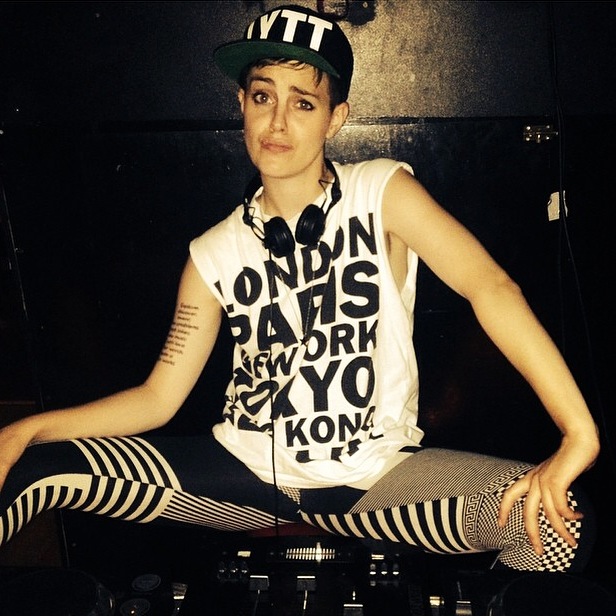
Lovisa is a dancefloor activist. These two words, when she said them to me in combination, nearly melted me off the couch. She started off as a DJ with the group Yoko DJs, an organization working to create a more equal music scene. From her vantage point behind the techno pulpit, Lovisa was noticing patterns of behaviors on the dancefloor, as well as her own quite powerful role in shaping that behavior.
In other words, she saw the potential for social change on the dancefloor. And because she’s an awesome manifester, she has turned this notion into a sparkling array of club concepts and workshops, designed to turn dancefloors into places of full expression, inclusivity and unapologetic playtime. She describes her array of activities as having “a lot to do with play and imagination as radical force.”
I have been to quite a few of her creations now. I learned how to Vogue at a Bring It To The Floor workshop (I nailed the attitude, but my arms were flailing, as they do). And I’ve danced my a$$ off several times now at Lovisa’s extremely magical and wonderfully goofy club concept called Wonderland, co-created with producer/actor/artist Andreas Luukinen. These parties happen about once a month at Pustervik, an old theater turned indoor basketball court turned live music venue/club.
At Wonderland, one minute you’ll be jamming and the next an aerial dancer tumbles down from the ceiling. Or autumn leaves start blowing all around you. Or a bunch of dancers in animal masks silently saunter onto the dancefloor. These pop-up surprises intentionally make the dancefloor a richer, more interactive space by 1) putting the the focus back on dance itself, and 2) giving everyone permission to get a lil whacky.
I wanted to find a time to dig deep into the philosophy behind her work, so one fine day we sat in the tower where she works (yeah, like a kind of castle tower) and had ourselves an interview. Rather than tossing the manuscript of this brilliant conversation your way (if you could BE so lucky), I thought it best to integrate our thoughts into a cogent narrative.
One reason is because this shit is deep! And complex! Just look:
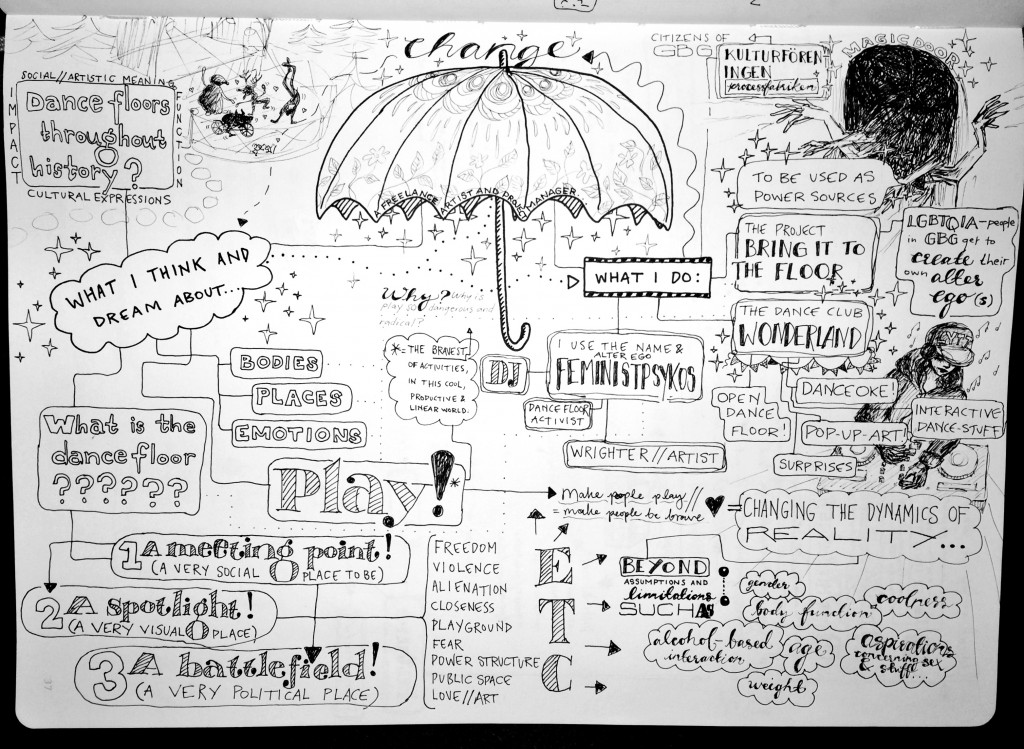
Another reason is because I have A LOT of thoughts on this topic — thoughts that run the gamut from emotional reflections to militant logic to whimsical musings. Note that while this article is inspired by and features Lovisa’s illuminating input, the sweeping conclusions and inferences are mine.
So since you’re already here in this narrative and have gotten comfy, let’s just continue shall we?
Lovisa introduced me to a critical perspective that is at the core of her activism, which is: for some, presenting themselves on the dancefloor can be downright uncomfortable, if not threatening. As she puts it, “who attends the dancefloor says so much about for whom it’s a playful living room and to whom it’s a political and physical battlefield.”
While I have been disappointed by interactions on dancefloors, I have never felt uncomfortable or unwelcome on any. As an exuberant, blonde, cis-gendered, conventionally-abled woman, my external appearance and behavior conform to everything that is expected and “desired” in a highly public dance space.
Whereas for many others, Lovisa affirms, “if you’ve claimed that space in the spotlight, it’s a risk, if you look like a gender mixing person, a queer person, or a black person, or a person in a wheelchair, or whatever. The spotlight shines on all these dimensions.”
What kind of bodies are represented on the dancefloor tells volumes about political and power structures at play and the popular culture that reinforces them. Unseen forces decide, in Lovisa’s words, “aesthetically, who looks good? Who is seen as fat? Or can you, you know, even get inside the club if you’re in a wheelchair?”
Marginalized and persecuted communities (LGBT and black communities particular) have historically gone out of their way to create their own dancefloors safe for their very presence. And it’s from these underground safe spaces that the most compelling and evocative cultural forms emerge. Which are at first mocked, then appropriated, obvis.
While we’re on the topic… there are, in fact, lots of different safe spaces made for dancing. I would like to make a very clear distinction between mainstream dancefloors and more intentionally curated dance experiences. I’ve been to some amazing dance parties — usually out on the periphery of cities — where the prevailing ethic was one of respect and jovial funtime, and people actually go there to dance rather than bother each other. The international morning dance party phenomenon Daybreaker is an awesome example.
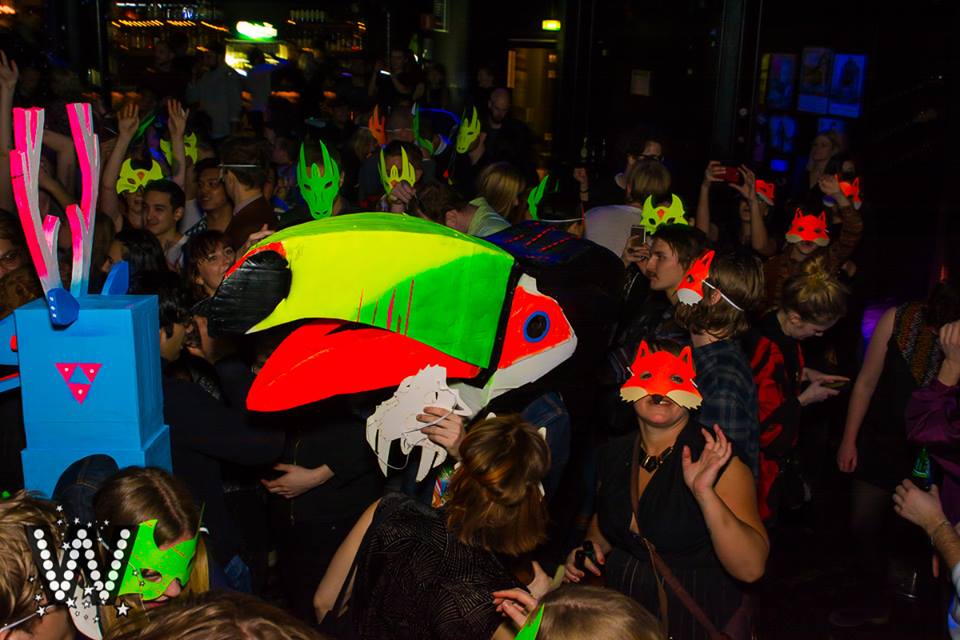
But back to mainstream dancefloors, the kind you’ll find in the middle of your city on any given Friday night… the fact that there are those who are welcome and those who are decidedly unwelcome on these dancefloors made me consider my own “disappointments” in the dancefloor in a more humble way.
However, the disappointments definitely still stand, and are very much shared by Lovisa.
The foremost among these is the dancefloor being viewed as “a shopping window” for sexual appetite. It really seems that sexuality is the main event. Dancing face-to-face went out the window around the time Lil Jon told us to “get low.”
I believe the precise quote was
“/ now bring your ass over here ho and let me see you get low if you want this thug.”
Read the full lyrics to that song — a song that we, as a generation, so thoroughly internalized — and you might get a better idea of how things got so fucked.
The oversexualization of our dancefloors means those who are not seeking sex are not supposed to be there. There’s no such thing as jovially dancing with someone; they’ll eventually spin you around so you can verify the contours of their genitals. As summarized perfectly by this Buzzfeed article, “Today’s clubbing protocol: if you can’t dance, dry hump.”
It seems we all wanted the stranger-grinding thing to stop 8 years ago, but here we are still. By putting yourself in the spotlight of the dancefloor, it’s implicitly understood that you are sexually available, or at least amenable. It is understood that touch is allowed prior even to eye contact.
Obviously, this (very shitty) unspoken dancefloor contract is degrading / uncomfortable / exclusive to those:
a) who have personal boundaries and don’t want to be approached much less touched by people they don’t know,
b) whose sexuality doesn’t conform to their assumed gender stereotype, and
c) who are in monogamous relationships.
As a proud member of group C, I can tell you I’m rankling at dancefloor culture more than ever before. There have been a few comments and situations that have indicated I should either change or leave. Change how I dress, how I dance, how I engage with others to signal — in anti-peacock fashion — it’s time for me to be disregarded.
I’m in a particular bind when it comes to dancing. As I can’t be confined to dancing in a circle around handbags with my head down, and it’s not “appropriate” to dance with people I don’t know, the best option is to try to dance by myself. This is tricky for two reasons, 1) it’s currently considered weird to do so, and 2) it signals that I’m available. With regards to the latter, I’ve found that windmilling my arms at random intervals helps fend off would-be stranger-grinders.
Blergh.
It’s all quite a sad and ridiculous state of affairs, and I REALLY want it to be different. Hence my unreserved enthusiasm for dancefloor activism.
I asked Lovisa what she thought the role of sexuality on the dancefloor could / should be, and she gave a brilliant response:
“I think that sexuality should have its place on the dancefloor, one of many optional ways of being on the dancefloor, because we are sexual beings, among other things. So the role of sexuality on the dancefloor, in my dream world… I could see people making out on my dancefloor, that would be fine, among stupid play activities or just nerdy techno introvert dancing. The misconception of the function of the dancefloor is that it’s a shopping window. Like, what? No. It should be more like a Tivoli. And it’s fine to make out in the Love Tunnel! It’s fine, no judgement!”
I love this, and I think it’s an awesome solution to our woes. I am definitely not one to banish sexual (even to the point of pornographic) dancing. As a former burlesque dancer, I celebrate it and encourage it. But it should be one of many options for expression and interaction.
What are the other options? Let’s explore two others articulated by Lovisa.
1) Dancing alone. Sans drugs or alcohol. What a concept!
“I really love the lonely introvert rave dancefloor, without the drugs part. I don’t need other drugs to get into that high techno electronic pumping state of being. I love that so much, and when I attend those types of dancefloors themselves, I don’t want to make friends. I could dance for hours just hearing the beats and the loops over and over, and the synthesizers growing and fading and changing. You know, a soundscape that never stops. That’s a dancefloor that I actually love, you know if people could avoid sexual harassment, drugs, and you know, bad stuff. ”
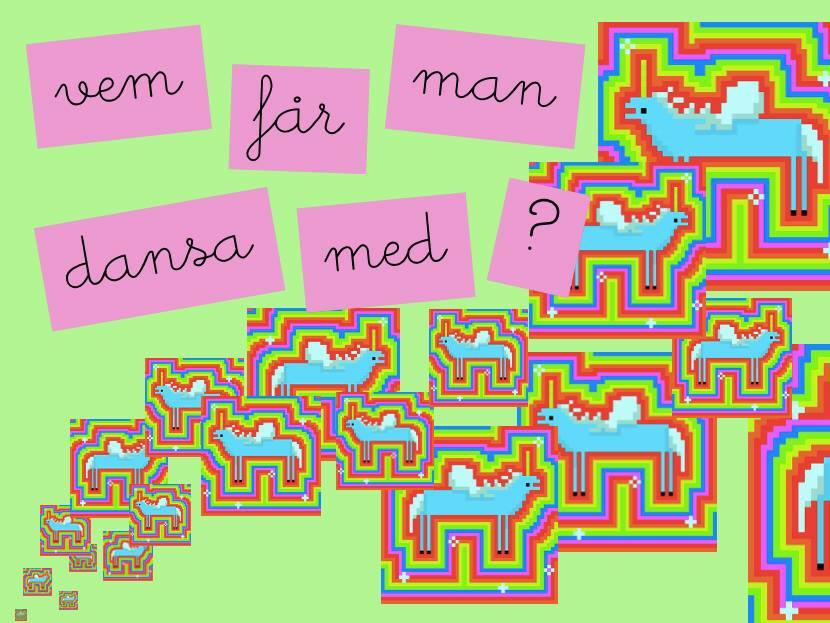
2) Dancing together. With strangers. Sans sexual implications.
“What I’ve done on a bigger level is experiments on the dancefloor, tricking people to interact with one another, by starting up a big circle, a cypher as it’s called. In the empty space in the middle, you take turns dancing, and applaud and cheer each other on.
That’s how I started the dancefloor activist thing actually. I had 4 or 5 people secretly involved who started this circle and then the rest of the crowd just tagged along, and people just threw themselves in the middle taking turns and showing off to each other, like a big friend circle, but not just people who already knew each other.
The Danceoke* thing is another easy example, getting people to behave differently, to pay attention to different things than the common sexual eye, that forces people to change their attention focus, behaving focus, interaction focus.”
* Danceoke is one of the main attractions at Wonderland, developed in collaboration with the dj/vj/art duo Studiokalejdo. It was during a Danceoke session that I was reminded of the existence of the Irish girl group sensation, B*Witched. C’est la vie, anyone?
Right, so, taking all this in, how can we get from where we are — oversexed dancefloors where no one of any gender is having all that much fun — to where we want to be — dancefloors where people are actually having a fun and uninhibited time dancing?
After some musing, I came up three tenets (or dictates or recommendations — however you’d like to think of them) that I think would help enormously.
DISCERNMENT
Lovisa describes the ideal dancefloor as a Tivoli (which for the Americans among us, is a county fair / amusement park), where you are completely free to choose whatever you feel like doing.
I think it’s entirely possible for people to use their discernment to guide interaction on the dancefloor. There are plenty of signals (body language, eye contact, etc) that will inform you whether or not someone wants to engage, whether the advance is amorous or just friendly / goofy.
 You just have to see what ride people are on. You’ll be able to tell when someone wants to take you to the Love Tunnel. And you’re in a position to hop on that boat, or give a smile of gratitude for the interest and not reciprocate. You’ll be able to tell when people are on a merry-go-ride with just their friends, and don’t want to be yanked off it to talk to you. You’ll be able to tell when someone is enjoying their cotton candy by themselves, and would rather you not sit on their bench.
You just have to see what ride people are on. You’ll be able to tell when someone wants to take you to the Love Tunnel. And you’re in a position to hop on that boat, or give a smile of gratitude for the interest and not reciprocate. You’ll be able to tell when people are on a merry-go-ride with just their friends, and don’t want to be yanked off it to talk to you. You’ll be able to tell when someone is enjoying their cotton candy by themselves, and would rather you not sit on their bench.
A note here…. abstain from any overly analytical discerning. You are not doing anyone any favors by assuming someone is playing any form of “hard to get,” i.e. acting disinterested when really they’re just shy and would love for someone to come chat with them. Worse yet, assuming a refusal to dance is a coquettish way of signaling you to try harder (yup, this happens, and yeah, it’s awful).
On the flip side, I think all parties — and I’m talking to my straight ladies in particular — should do some more pro-active discerning. If you really want to find some love in the club, go talk to peeps! If we’re demanding that opportunities in society should be 50/50, then advances in the club should be an exact mirror. If you think it’s scary, just think of the special kind of hell this is for most guys all the time.
PLAYFULNESS
Unless everyone is raving drunk, dancefloors can be affected by a layer of seriousness and pretension, as if it’s naught but a grand theater for advances, rejection, and egoic posturing. Something like this Alt J music video:
Lovisa and I share the same mind in bringing back lighthearted playfulness to the dancefloor.
On a playful dancefloor there’s no such thing as someone who “can’t dance” because everyone’s free to move in the whack-tastic way their bodies want to move. There’s no such thing as rejection because the whole evening is spent bopping around to and fro without expecting anything from anyone.
For example, flirtation shouldn’t have to register as SEX2NAIT in our brains. What if it was just a playful sign of interest in each other as humans? Whether it’s acted upon or not shouldn’t matter — the fun of the exchange is the point. The Brits are masters at this. Once the stakes of flirtation are lowered, there is so much more freedom for cheery interaction across gender, race, age, sexuality, etc.
I think it’s key for us to lower the stakes on the dancefloor. And we should stop using other people there to fulfill our ideas about ourselves. Fun-having should be internally generated — and, thereby, always accessible.
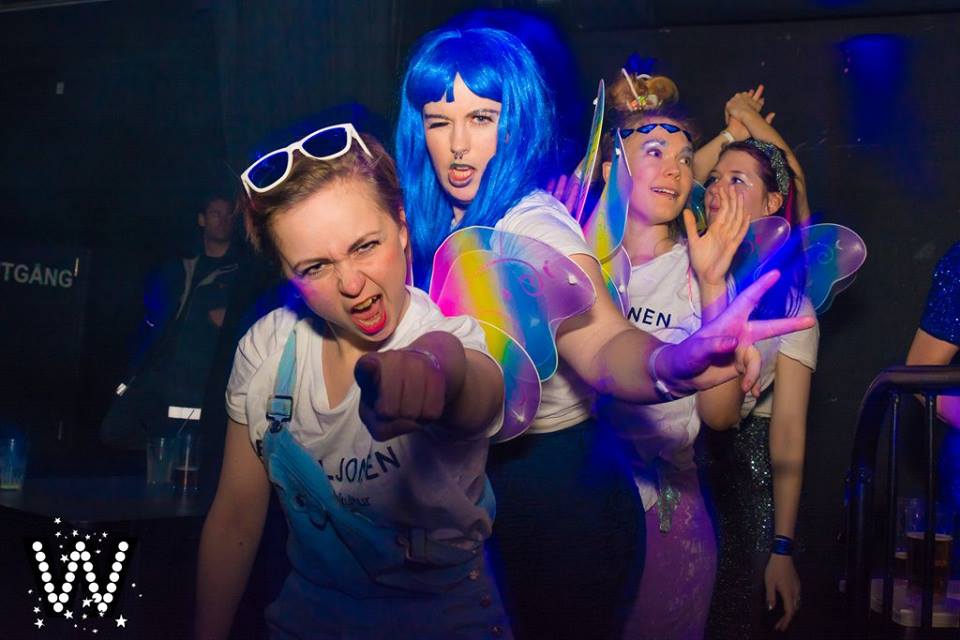
DANCING
Ahh yes, if you’re on the dancefloor, dance!
This means, dance however you damn well please (unless, you know you’re moshing when there’s no mosh pit). Do your thang, whatever that means. Liberate yourself from all notions of “good” and “bad.” If you’re feeling the music, just go for it.
This also means, plllzzzz don’t look at your phone when you’re in the middle of the dancefloor. This is for your own good, so you can stay in the moment and enjoy yourself. But it’s mostly for mine. That light-up screen contains all of human knowledge — the same abyss that contains my work email and the friend requests I didn’t accept and the articles I sent myself but never read. I don’t want to be reminded of that very cerebral suckhole that consumes almost all of the rest of my time.
And just one more thought, before I leave you to ponder this manifesto for a new dancefloor culture…
I find it to be a very comforting thought that any form of social interaction or social contract can be changed, if enough people are willing to both actively and passively participate in its change. I look at my home country (the U.S.), and I see it smoldering with injustice and tension and inhumane treatment of one another. I also see a lot of really brilliant and brave large-scale activism working to change those dynamics.
But I think it is critical to acknowledge one doesn’t need to tackle one of these huge, multigenerational social issues in order to be working for greater equality.
In fact, you can make the largest strides when you work in the arena where you have power and the potential to make an impact. Consider Lovisa’s work:
“I started to work with the dancefloor as a space that needs to be both less controlled but also very strictly controlled in order to change power structures. That’s when I started to use the name Feministpsykos as my DJ name because the DJ sets the agenda for the whole room.”
She uses her vocation as activism at many different levels, from electing to not play such tracks as “Smack My Bitch Up” to actually teaching people how to use their bodies to claim space (via dance) in public venues. At a moment in history when just being behind the DJ booth is a feminist proclamation, what Lovisa is doing with that influence is nothing short of awe inspiring.
You don’t necessarily need to be in the streets facing off rubber bullets to press for a more inclusive and equal society. Stay where you are and create your own Wonderland, over and over, until you start to see its reflection in the world around you.
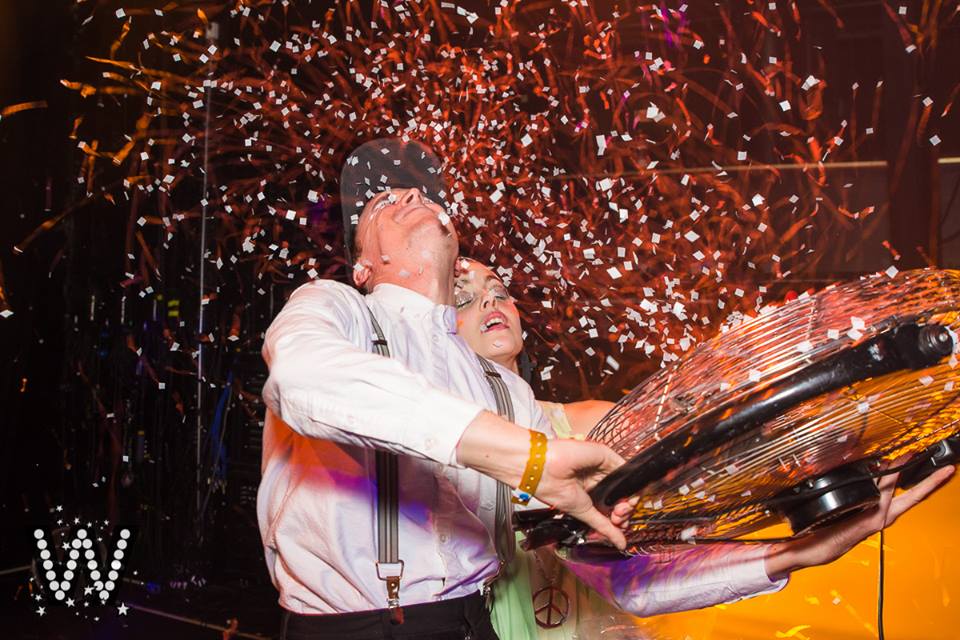
******
P.S. If you want to follow Lovisa’s wicked activities, it’s a solid idea to “like” the Wonderland fb page and Bring It To the Floor’s page. She also has an awsum website.
P.P.S. THE NEXT WONDERLAND IS COMING!!! It’s this Friday, March 25th at Pustervik. The theme? Wonderland: Fairytale Edition. If you have a unicorn horn, bust it out, and prepare for some sparkly dancefloor mayhem.